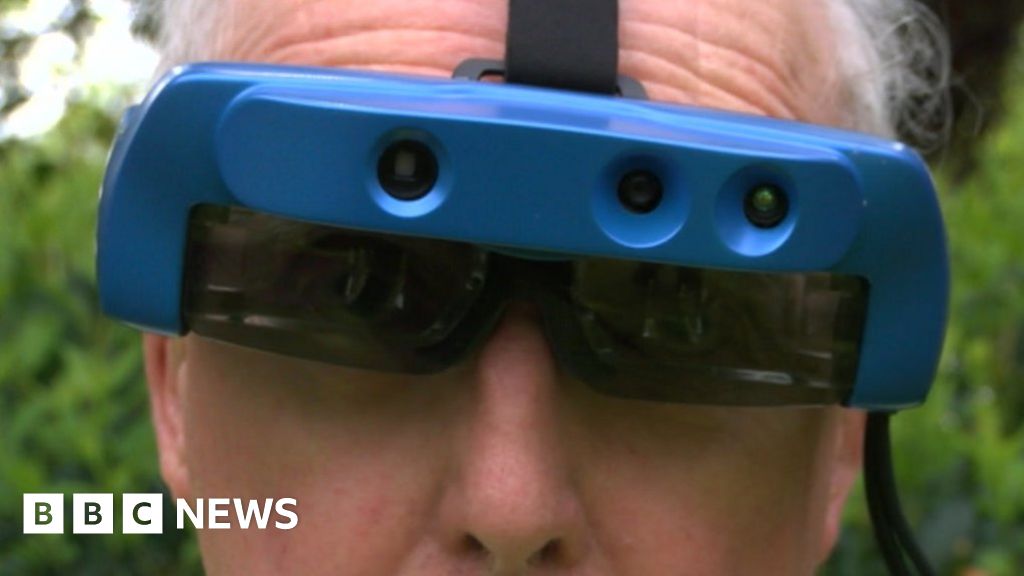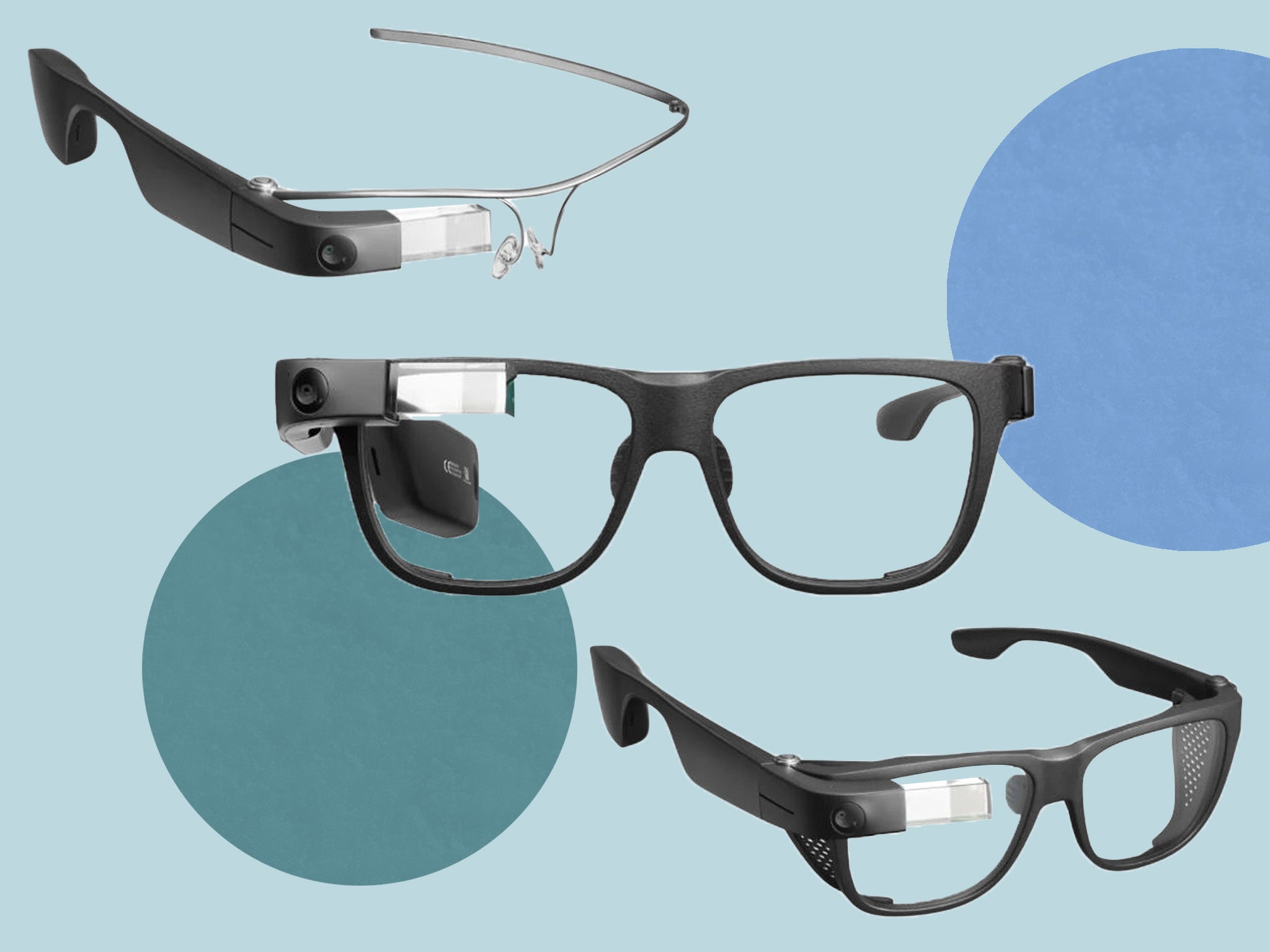Speech-to-Text Devices for Low Vision Users: Enhancing Communication and Productivity
Speech-to-Text Devices for Low Vision Users: Enhancing Communication and Productivity
Blog Article
Enhancing Access Through Assistive Innovation for the Blind
The assimilation of assistive innovation for the blind stands for a crucial improvement in availability, basically modifying exactly how individuals navigate their environments and engage with culture. As we discover the varied types of assistive devices and their concrete impacts on daily living, it becomes vital to examine just how continuous technological developments are improving the landscape of support for the blind neighborhood.
Summary of Assistive Modern Technology
Assistive technology describes a series of devices and software application developed to improve the capacities of people with handicaps, including those who are blind or aesthetically damaged. This technology plays a critical duty in advertising freedom and improving the lifestyle for individuals. By offering different techniques for accessing details and executing daily jobs, assistive modern technology empowers people to browse their environments better.
The development and application of assistive modern technology embrace a range of principles targeted at promoting access. These principles include user-centered layout, which focuses on the demands and choices of the individual, and the integration of technology right into day-to-day activities. Such improvements ensure that assistive gadgets are not just functional yet also user-friendly and easy to utilize.
Additionally, assistive innovation encompasses a varied spectrum of solutions, from low-tech choices like magnifiers to sophisticated innovations such as display readers and Braille displays. The recurring evolution of this field is driven by the demand to resolve the one-of-a-kind challenges encountered by individuals with visual disabilities (Wearable technology for low vision). As technology proceeds to breakthrough, the capacity for enhancing ease of access and advertising inclusivity stays promising, inevitably adding to an extra fair culture

Types of Assistive Tools
Countless types of assistive gadgets are offered to sustain individuals that are visually damaged or blind, each designed to attend to specific needs and obstacles. These devices can be extensively categorized into three primary kinds: low-tech, mid-tech, and state-of-the-art solutions.
Low-tech tools include things such as magnifiers, Braille tags, and tactile maps. These are relatively straightforward devices that enhance the customer's ability to connect with their setting without requiring complicated technology.
Mid-tech devices commonly include a lot more innovative features, such as digital magnifiers and portable Braille note-takers. These tools can provide performances like speech result, permitting users to gain access to information extra successfully.

Impact on Daily Living
The availability of numerous assistive devices dramatically improves the lifestyle for individuals who are blind or visually damaged, influencing their day-to-day living in profound methods. By incorporating technologies such as screen viewers, Braille presents, and audio description solutions into their routines, individuals gain better autonomy discover this info here and self-reliance. These devices assist in accessibility to information, making it possible for people to carry out daily jobs, such as reading e-mails, navigating public spaces, and taking pleasure in media content.
In addition, assistive devices encourage individuals to involve more fully in social communications and neighborhood tasks. The ability to use smart devices furnished with ease of access features permits smooth communication and link with others. This connectivity fosters a feeling of belonging and minimizes feelings of isolation.
In professional settings, assistive modern technology supports performance by enabling people to full job tasks efficiently. Tools like voice recognition software application and specialized magnification devices make it possible for customers to join the workforce on equivalent ground with their sighted peers.

Innovations in Modern Technology
Current technical improvements have actually dramatically transformed the landscape of devices available for individuals who are aesthetically impaired or blind. The assimilation of synthetic knowledge (AI) and artificial intelligence has triggered applications that enhance navigation and object recognition. For instance, smartphone apps can now make use of AI to identify and explain environments in real-time, offering individuals with useful contextual details.
In addition, advancements in haptic technology have actually resulted in the growth of wise walking sticks equipped with sensors that identify barriers and supply responsive responses. This encourages customers to navigate their atmosphere with enhanced self-confidence and freedom. Moreover, developments in text-to-speech software application and braille display screens have enhanced the accessibility of electronic material, allowing for smooth interaction with different media.
Wearable technologies, such as wise glasses, are additionally making strides in assisting aesthetic disability. As modern technology continues to develop, the capacity for also more transformative tools continues to be on the perspective.
Future Trends and Innovations
As innovation quickly progresses, the future of assistive tools for people who are blind holds immense promise. Advancements in expert system (AI) and machine discovering are poised to transform the way blind users connect with their settings. As an example, AI-driven applications are being developed to improve object pop over to this web-site recognition, enabling customers to recognize and navigate their environments with greater ease and precision.
Furthermore, innovations in haptic comments innovation are enabling the creation of tactile maps and navigating help that give real-time information via touch. These technologies not only boost movement yet also foster freedom. Additionally, wearable devices equipped with augmented reality (AR) features are emerging, using users visual details through sound summaries, thereby linking the void between the physical and digital globes.
Additionally, the assimilation of smart home innovation provides new opportunities for availability, allowing people to regulate their living atmospheres with voice commands or smart device applications. As cooperation between tech programmers and the blind area continues, the concentrate on user-centered design will certainly ensure that future advancements are customized to satisfy the one-of-a-kind needs of this populace (Wearable technology for low vision). The trajectory of assistive innovation promises a more empowering and comprehensive future for individuals who are blind
Verdict
In verdict, assistive innovation plays an essential duty in improving availability for individuals with aesthetic disabilities. The varied range of gadgets, consisting of display viewers and wise canes, significantly improves day-to-day living and fosters freedom. Continuous innovations in innovation and user-centered design guarantee that these tools provide effectively to the unique needs of the blind neighborhood. As innovations progression, raised inclusivity and empowerment can be anticipated, inevitably enriching the high quality of life for those affected by aesthetic specialist opticians impairments.
The combination of assistive technology for the blind represents a critical innovation in ease of access, fundamentally changing exactly how individuals browse their environments and involve with society.Assistive modern technology refers to an array of gadgets and software application developed to improve the capabilities of individuals with disabilities, including those that are blind or visually damaged. Wearable technology for low vision.As modern technology rapidly progresses, the future of assistive devices for people who are blind holds enormous pledge. The trajectory of assistive innovation guarantees an extra inclusive and empowering future for people who are blind
In verdict, assistive innovation plays a vital role in enhancing availability for people with visual problems.
Report this page